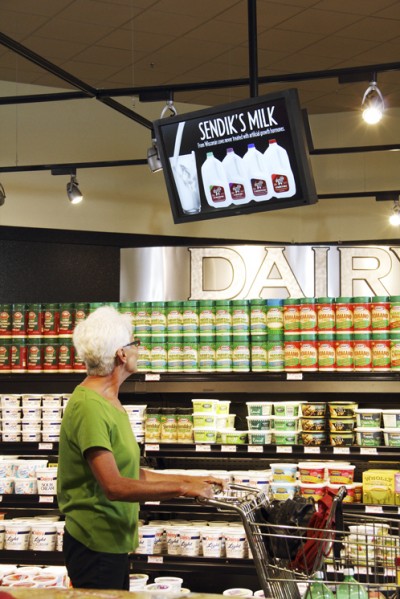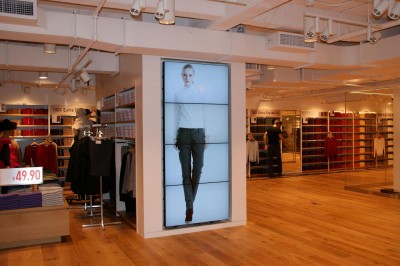By Richard Ventura
According to iSuppli, a market research firm, shipments of digital signage displays to the retail sector are expected to triple by 2013, compared to 2011 numbers. This is an encouraging forecast during a time of economic uncertainty.
Yet, it is important to keep in mind a digital signage rollout will not automatically transform a particular retail store or chain for the better. Rather, the deployment must be accompanied by a thoughtful approach, with consideration given to such factors as screen installation locations, digital signage content and how the retailer chooses to engage its customers.
To help align various interests, it is especially important to understand how the use of digital signage in retail differs from other vertical markets. And finally, to begin calculating the deployment’s return on investment (ROI) requires the knowledge of how to measure the success of the project.
Flavours of content
By now, it should go without saying: ‘content is king.’ If retailers do not have the right content running on their digital signs, their investment in the medium will not attract its target audiences and shape their purchasing decisions.

Sendik’s Food Markets have used digital screens to eliminate the outsourced printing of in-store signs. Their product prices can now be updated in minutes.
Content comes in different ‘flavours’ and can become all the more relevant when it reflects the ways a retail establishment already engages its customers.
‘Active’ content seeks to engage passersby with direct messages and a ‘call to action.’ Thus, the goal of active content is to attract customers to a screen and lead them to perform a subsequent action that will help increase the retailer’s sales.
‘Passive’ content comprises elements like background images and sound, through which atmosphere is created to help attract customers to the retail establishment and keep them there for longer. Music videos are one example of passive content.
Many retailers strike a balance between active and passive content. One section of a screen will run a video clip, for example, while another will direct the customer to various specials in the store.
‘Interactive’ content is less common, but allows a user to directly access information and other resources related to the store. Interactive digital signage, including kiosks and touch screens, can help draw customers in and align them with a retail brand on a one-to-one basis. This is key in increasing sales, building brand equity, enhancing customer relationships and achieving other business objectives. Additional options include interacting through social media and networks.






